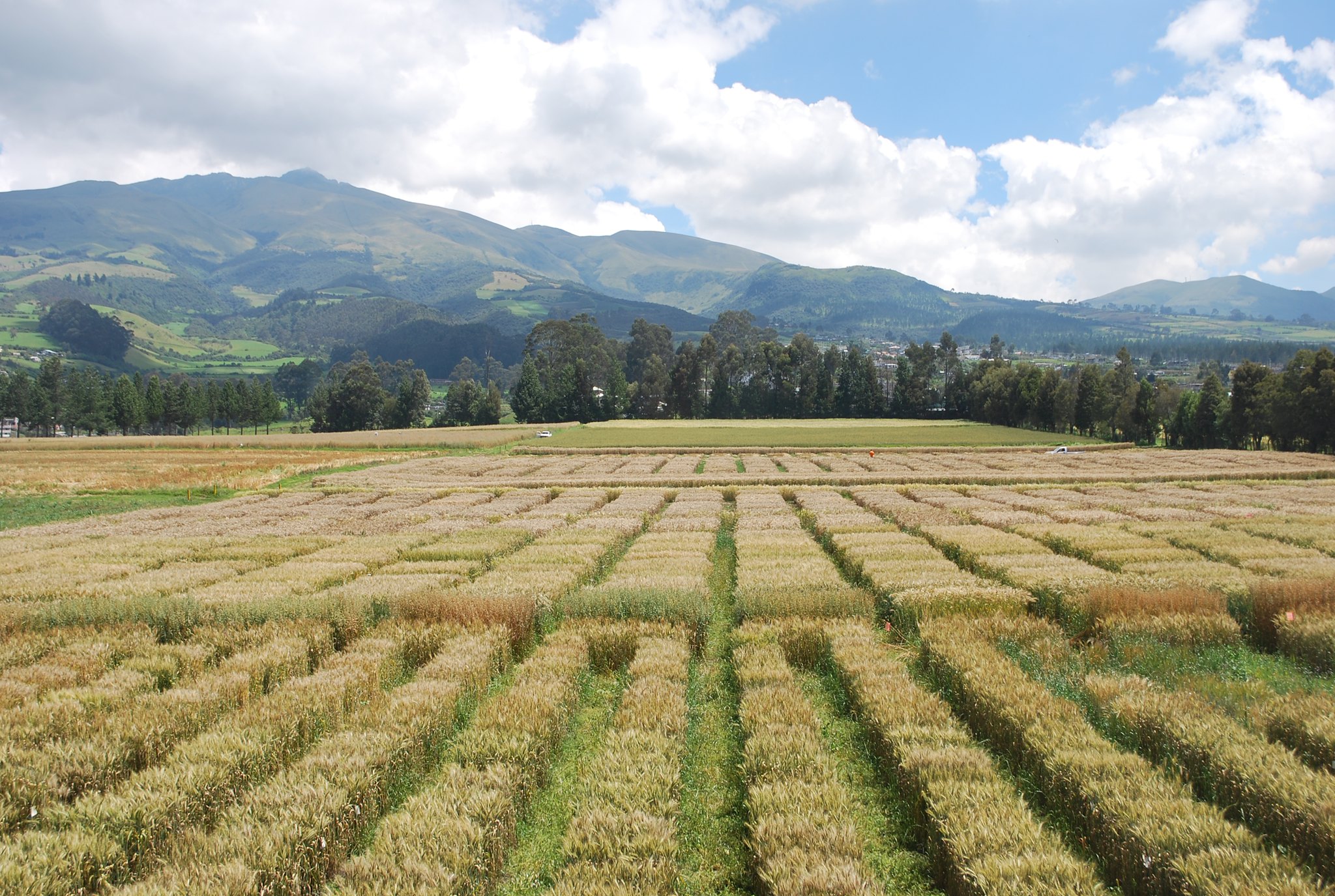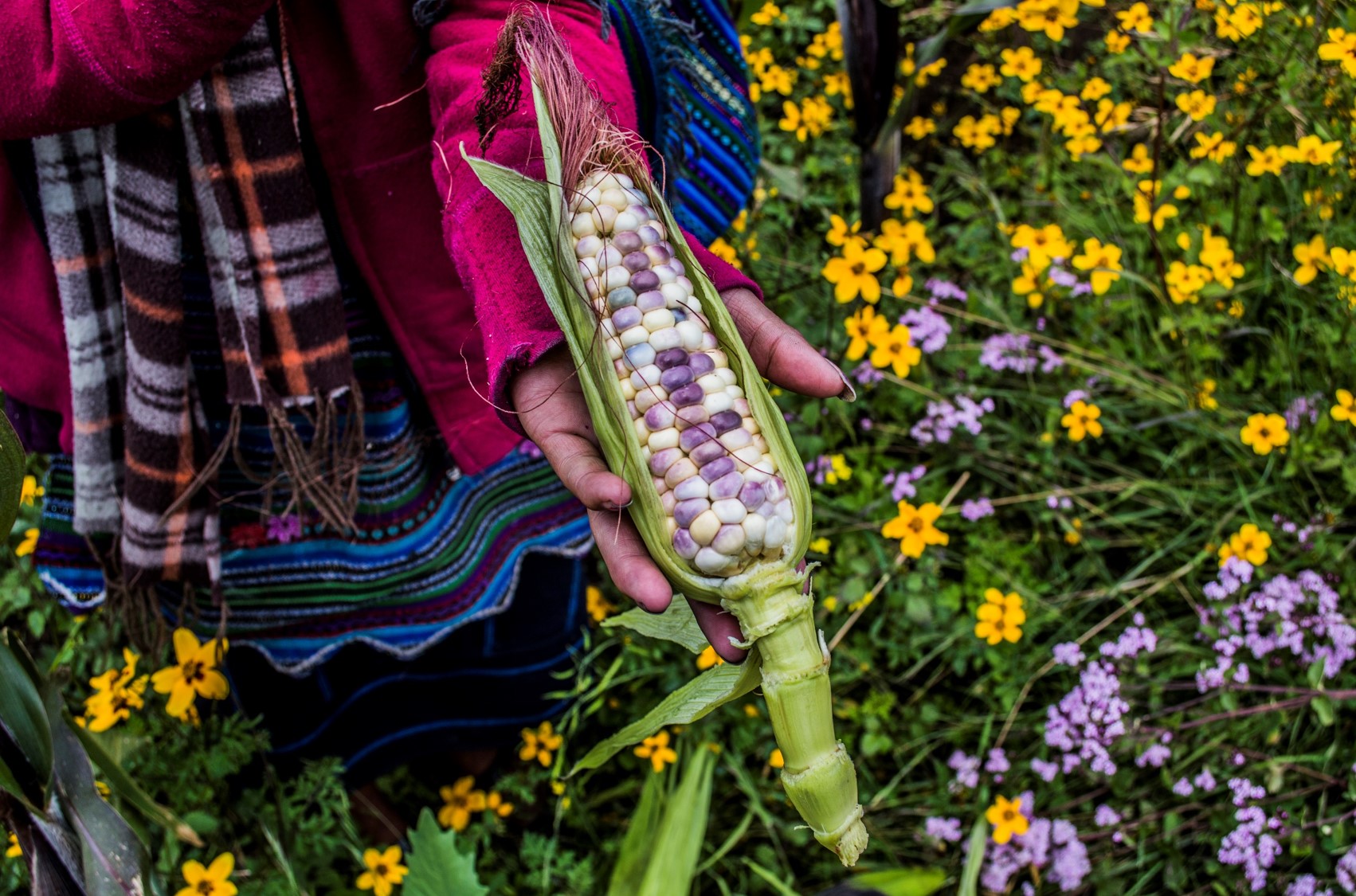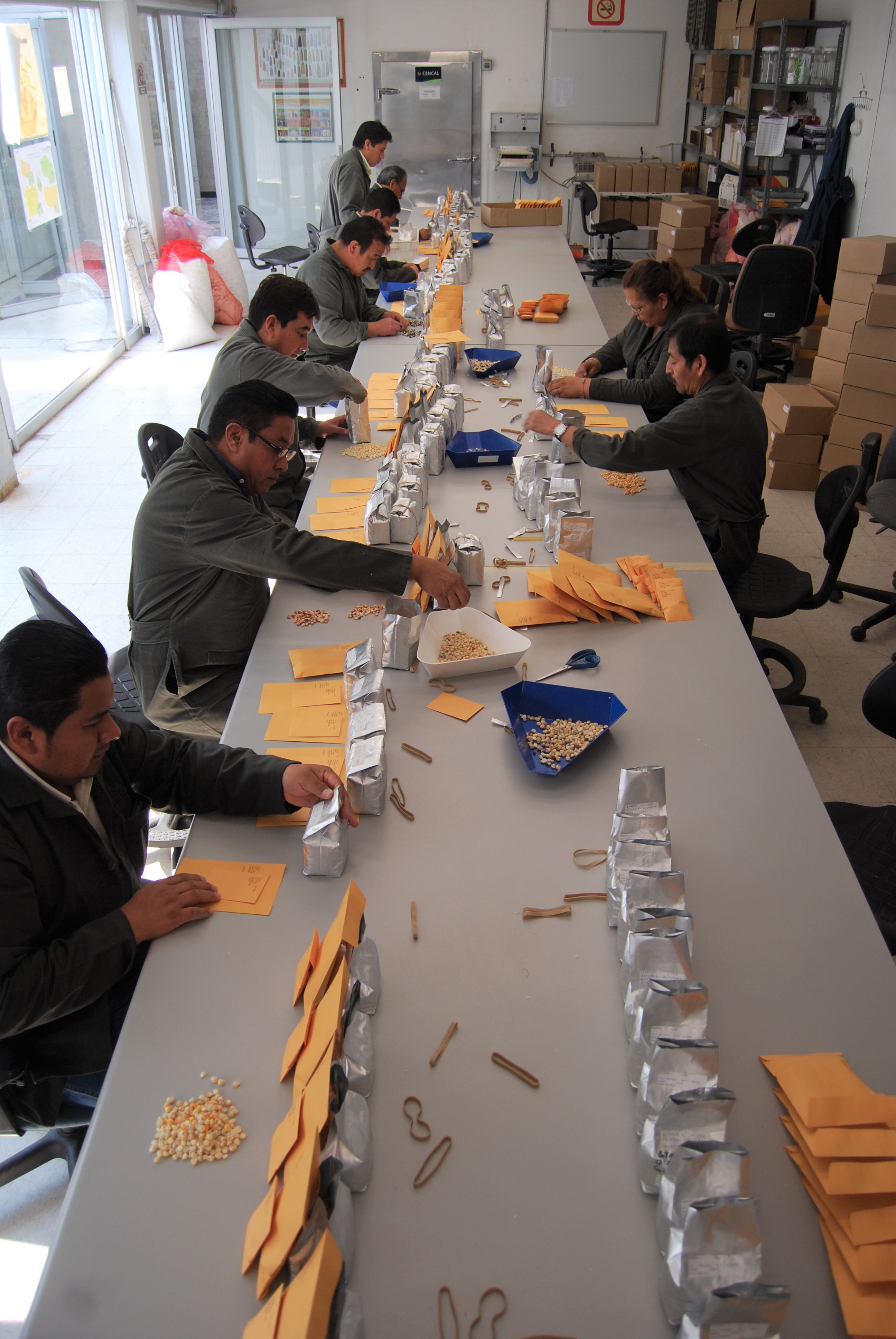The Buena Milpa project in Guatemala, conducted in collaboration with the country’s Agricultural Science and Technology Institute (ICTA), is aimed at implementing a sustainable intensification strategy for agriculture while reducing poverty, malnutrition and environmental damage.
The project, managed in collaboration with the U.S. Agency for International Development’s Feed the Future program, is based in the highlands of Guatemala, a region recognized for its diversity of maize varieties, flora and fauna. Farmers grow a wide variety of crops, including beans, legumes, pumpkin, fruit trees and native plants.
Through Buena Milpa, CIMMYT’s Sustainable Intensification Strategy for Latin America, with its focus on biodiversity conservation, participative breeding, soil conservation, farm diversification and maize, helps to conserve maize landraces and other important plants in the region.
Guatemala, where maize is a key food staple, is known for its wide maize biodiversity. The maize fields of most highland farmers are part of farm systems which includes animal husbandry (chickens, sheep or cattle). These complex farm systems diversify diets diet and sources of family income.
A range of soil conservation methods popular with farmers help preserve biodiversity. A variety of grasses, trees and other plants are used to ensure soil and field conservation.
Most of the maize in the region is grown on steep hillsides. Farmers have very little land and use as much of it as possible for crop production. Water and soil conservation practices aim to reduce the propensity to landslides, decrease erosion through soil cover, minimize the effects of erosion and help to settle the materials and soils mobilized through erosion.
The Buena Milpa project improves native maize landraces, increases productivity, improves plant architecture, grain and seed quality, thereby mitigating losses due to the effects of climate change and decreasing maize reserves, especially during periods of seasonal hunger.
Most farmers involved in the project belong to a Mayan ethnic group that has historically been marginalized and excluded from development processes. A social inclusion strategy fosters the participation of indigenous people, women, children, the young and the elderly in order to benefit everyone involved in maize production systems.
Links with other actors foster activities to generate information that raises awareness about how people are socially excluded, to inform and sensitize local actors about social dynamics that limit inclusion.
OBJECTIVES
- Natural resource conservation
- Soil and water conservation strategies to reduce erosion and maintain soil water
- Understand maize diversity in the highlands of Guatemala
- System diversification, taking into account different types of farms in the region
- Design social inclusion strategy
- Set up community seed banks to be the base of biodiversity conservation and participative breeding efforts
- Foster innovation and reduce food insecurity and malnutrition
- Increase sustainability of maize-based systems in the highlands
- Empower farmers and train strategic actors by linking research to farmers’ needs and facilitating information exchange


 Nutrition, health and food security
Nutrition, health and food security 